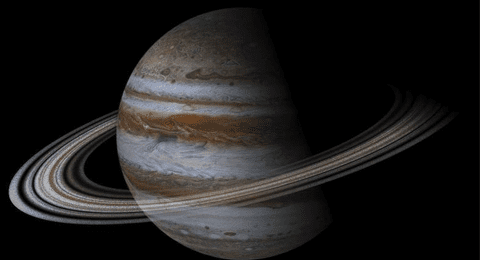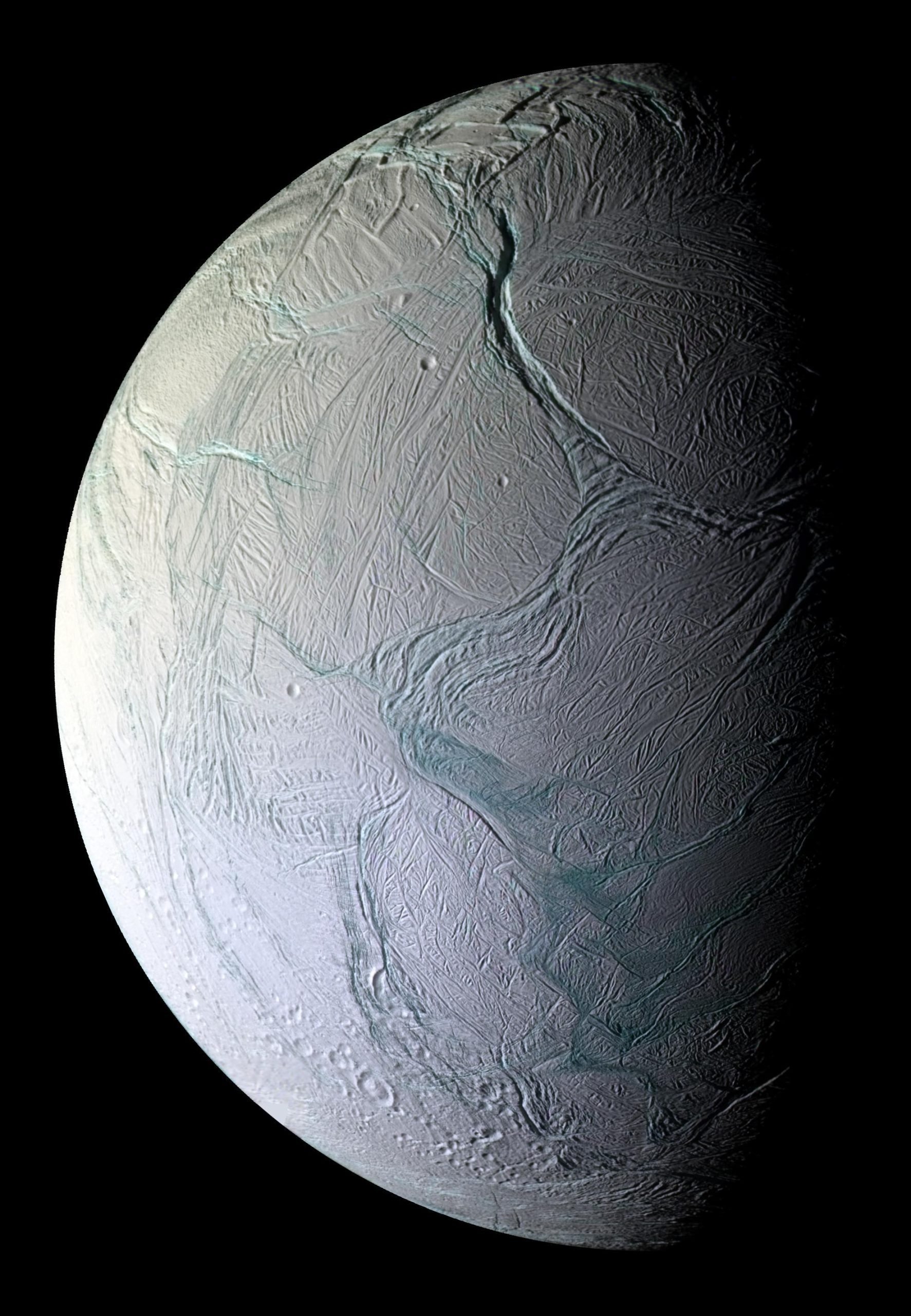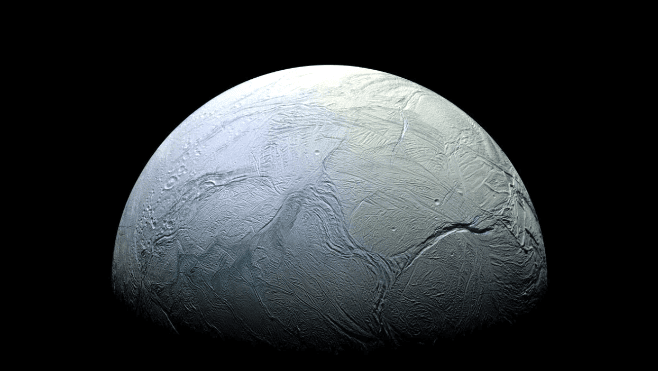Scientists have discovered why Jupiter doesn’t have rings like its gas giant neighbor Saturn. Saturn’s rings are largely made of ice, and some of them may have come from comets, which are also made of ice.
Researchers have figured out why Jupiter lacks rings in comparison to Saturn, the nearby gas giant.
A significant portion of the ice that makes up Saturn’s rings may have come from ice-based comets.
Astrophysicist Stephen Kane from the University of California, Riverside commented, “I’ve often wondered why Jupiter doesn’t have even more spectacular rings that would put Saturn’s to shame.”
Because Jupiter is closer to us than Saturn, if Jupiter had them, they would be considerably more visible to us.
The obvious explanation for Jupiter’s lack of rings is because its massive moons prohibit them from growing. The planet does contain smaller rings, just like Neptune and Uranus, but they are not as prominent as Saturn’s and are thus difficult to view with standard astronomical instruments.
Researchers ran a computer simulation of both Jupiter’s orbits and the four main moons that surround it: Io, Europa, Ganymede, and Callisto.
“We found that the Galilean moons of Jupiter, one of which is the largest moon in our solar system, would very quickly destroy any large rings that might form,” Professor Kane said. “Massive planets form massive moons, which prevents them from having substantial rings”. As such, it is unlikely that Jupiter ever had rings in its lifetime.
The James Webb Space Telescope has just released photographs that include dim views of Jupiter’s rings as well as the Carina and Southern Wheel nebulae, Stephen’s Quartet of galaxies, and a spectrum of light from the exoplanet WASP-96b.
Bu gönderiyi Instagram’da gör
“We didn’t know these ephemeral rings existed until the Voyager spacecraft went past because we couldn’t see them,” Professor Kane said, who next intends to simulate the conditions of Uranus for the same purpose.
Some astronomers believe that Uranus is tipped on its side as a result of a collision with another celestial body – and its rings could be the remnants of that impact.
source website: independent.




